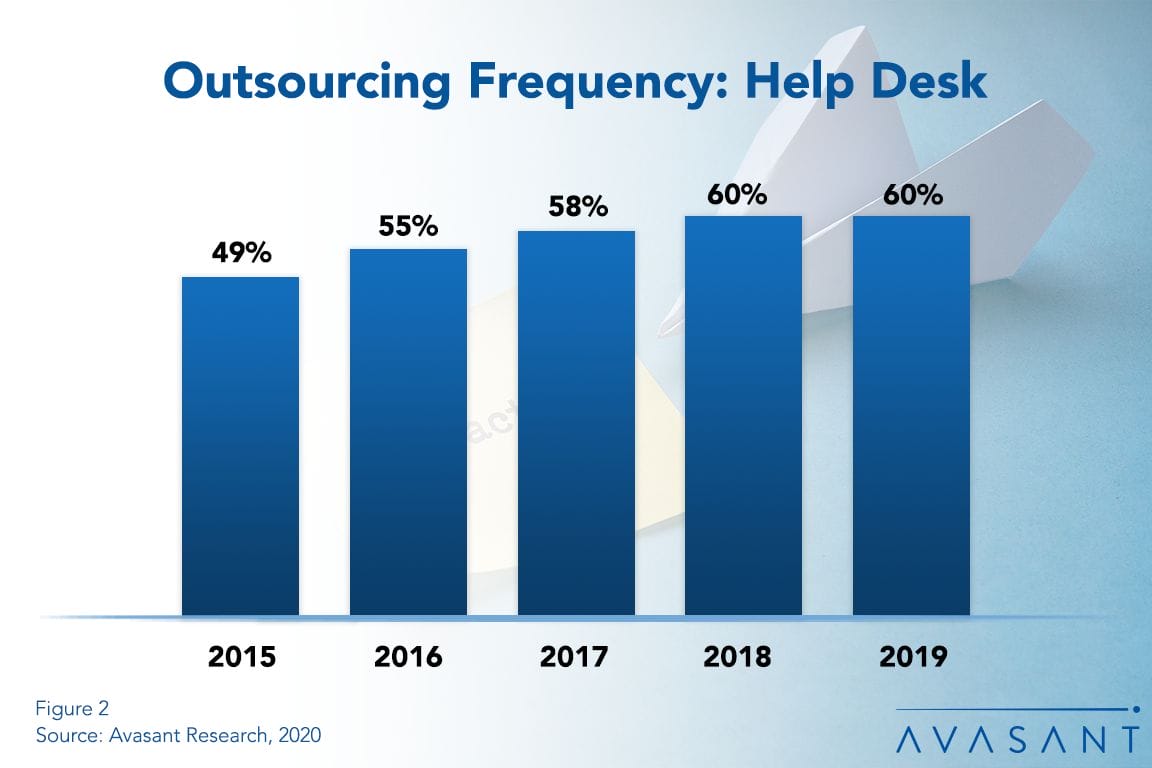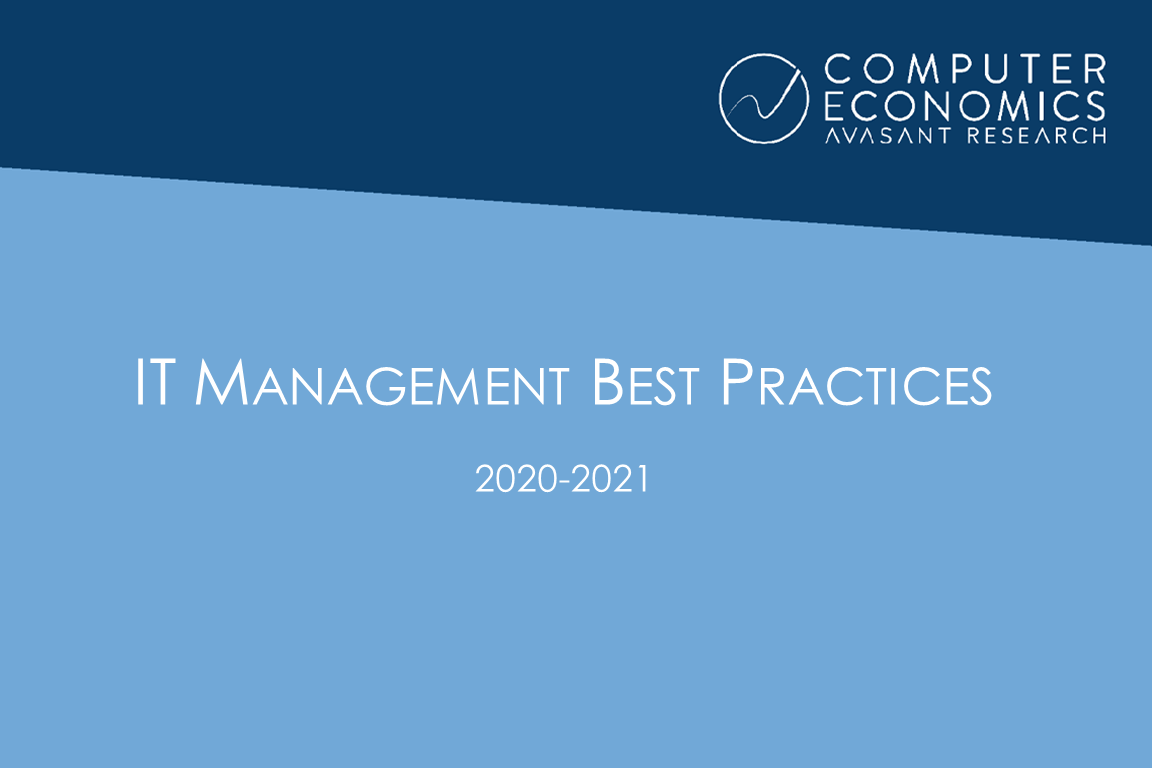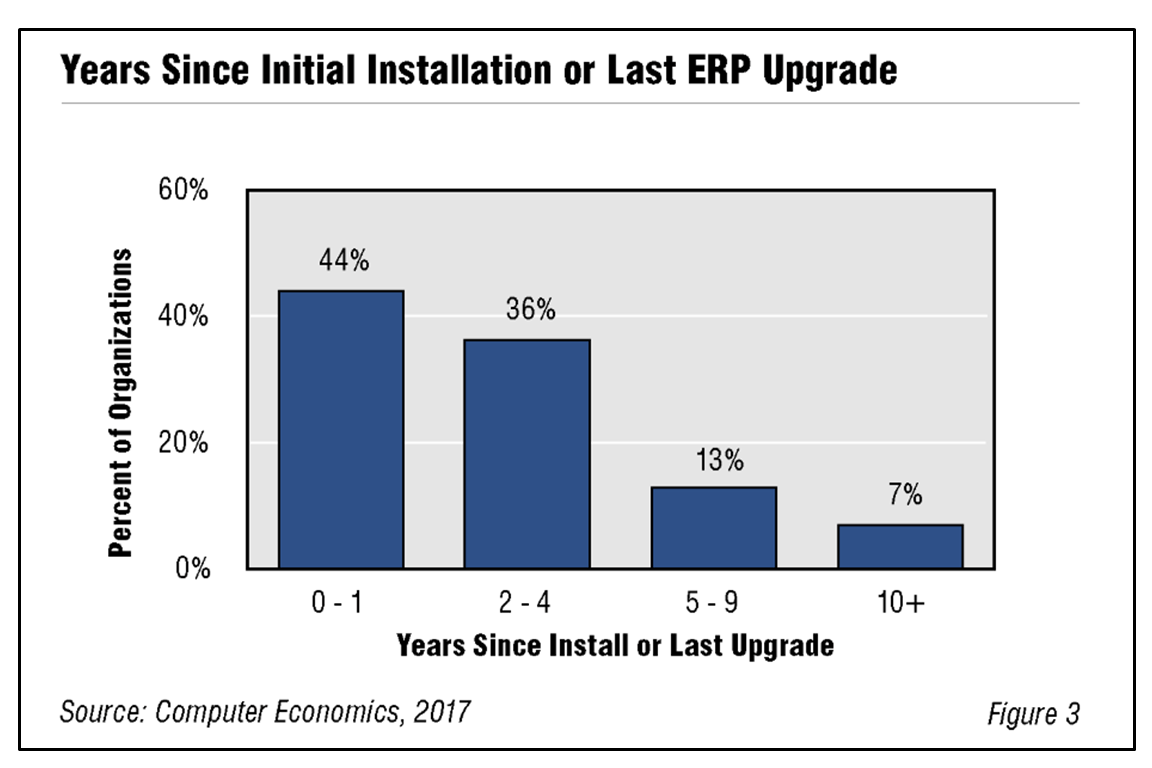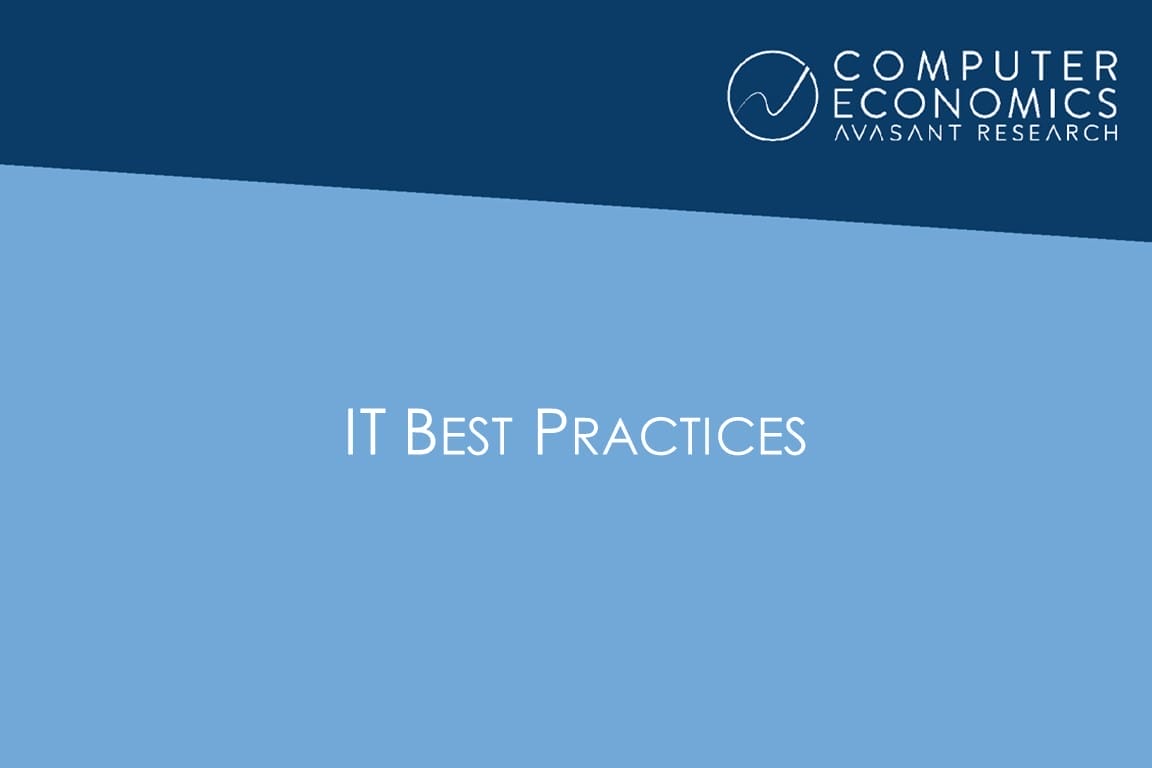Latest Reports
-

Agile Development Adoption and Best Practices 2020
After more than two decades of maturation, agile development methodologies promise to deliver new systems more quickly, improve software quality, and increase user satisfaction. While adoption remains only moderate in corporate IT groups, agile development continues to gain adherents as organizations seek to respond to a continuously changing environment. In this study, we report how widely and deeply agile development is being embraced by IT groups today, by organization size and sector.
March, 2020
-

IT Management Best Practices 2020-2021
The best-run IT organizations not only focus their process improvement efforts on those of other departments, they also seek to optimize their own IT management processes internally. In this study, we examine the growth and maturity of 34 IT management practices.
October, 2020
-

Avoiding Technical Bankruptcy in Legacy Systems
Technical debt is a term that describes the consequences of a system that has become out of date because of accrued unapplied updates. But if an organization continues to take on technical debt, the system becomes a true legacy system, falling into a state we describe as “technical bankruptcy.” In this report, we identify the symptoms of technical bankruptcy and the devastating effects that it has on the organization.
March, 2017
-

Bring-Your-Own-Device (BYOD) Adoption and Best Practices
The proliferation of smartphones, mobile applications, and desktop virtualization is spawning a surge in BYOD policies. Many IT organizations have such policies, although there is room for growth with this best practice. In this study, we first look at BYOD adoption trends by organization size and sector. We also discuss the elements that every BYOD policy should contain, critical steps required to keep the organization protected for enabling BYOD, and some of the solutions available for managing and securing mobile devices. To date, our research shows adoption of the practice is immature, but interest is high and adoption is rising. (18 pp. 6 fig.)[Research Byte]
October, 2017
-

IT Financial Management Solution Adoption Trends and Customer Experience
IT financial management (ITFM) systems are taking on added importance as IT organizations navigate the transition to cloud applications and infrastructure. In this study, we examine ITFM adoption trends, customer experience, and the major providers of ITFM solutions. Our study indicates that ITFM systems are being consistently used by organizations of all sizes and in all industry sectors. While many are achieving excellent results by adopting ITFM, buyers should closely manage implementation to ensure economic returns are achieved. (15 pp. 7 figs.)[Research Byte]
January, 2015
-

The Case for Mainframe Migration and Consolidation
Mainframe computers still occupy a major position in the hardware inventory of many data centers, especially in certain industries such as banking, finance, and insurance, and among larger companies. According to statistics collected in our annual IT spending survey, the economic performance of mainframes is not as good as that of other hardware platforms, especially in data centers where mainframe computers are used in a mix with other classes of servers. For organizations with such a heterogeneous server mix, these findings may be used to justify migration of mainframe applications to other server platforms or, at a minimum, undertake a mainframe server consolidation strategy. (8 pp., 7 figs.)[Executive Summary]
April, 2006
-

Data Center Recovery Site Planning: Geographic Considerations
The U.S. federal government and private industry have developed new guidelines that can be helpful in deciding the optimal distance between the data center and its recovery site. Based on various studies conducted over the past few years, it is clear that the placement of a recovery site too far away from the main data center can be as much of a problem as placing it too close. This research report provides recommendations for the optimal distance, based on U.S. Federal Government guidelines, industry best practices, and the need to balance risk with speed of recovery. (5 pp. with footnotes of sources.)[Executive Summary]
March, 2005











